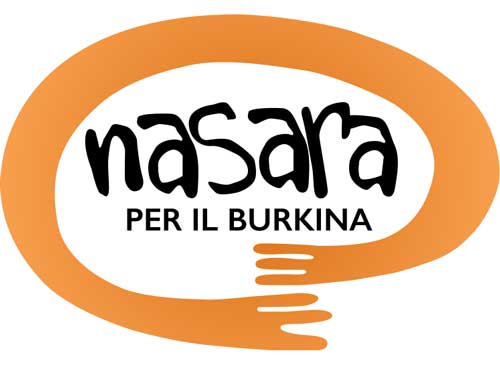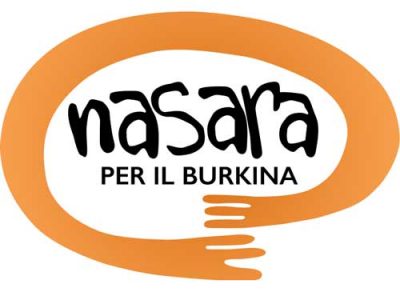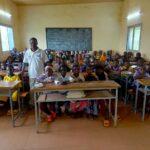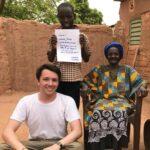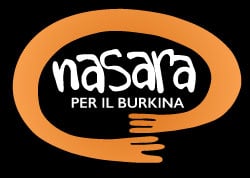In 1976, Yunus, Nobel Peace Prize winner in 2006, founded the Grameen Bank, the first bank in the world to offer loans to the poorest people, based not on solvency but on trust. The purpose of microcredit is to enable beneficiaries, that is, the most needy and those without access to bank loans, to take control of their own destiny by allowing them to choose how to use the money, freeing them from usury.
Since 2013, we have implemented a microcredit project in Djicofè, and the results have been quite significant:
- About 140 women benefit from microcredit activities
- There is over €15,000 in circulating capital among the women
- The average loan is about €100, an amount more than sufficient for small trade and production activities
- The repayment rate without issues is high
- All the women involved have become true entrepreneurs of their future
An intervention to make solidarity proactive
Since the early 2000s, Nasara has carried out many interventions to support the economic activities of the populations in Burkina Faso, and it was after this “trial period” that we decided to activate a microcredit channel.
Until 2012, our numerous interventions produced modest changes because they were primarily “charitable” actions, meaning economic aid without expecting repayment, rather than “lending” money and organizing its recovery. This intervention methodology solved many immediate problems, and we are happy and proud of this, but we must acknowledge that it often did not activate that virtuous process which is the foundation of the “Yunus system”, namely the change in the beneficiary’s mindset from a simple passive actor awaiting help to an active actor deciding their own destiny.
This virtuous change in mindset comes from the awareness that instead of receiving charity, the recipient of the aid signs a real economic contract and makes an honor pact with the entire community in which they live. Through this dual agreement, they receive a loan, which they will then repay with their own work. Initially, this model instills in the beneficiary the concept of “saving for repayment”, which then transforms into “saving for extraordinary events” (such as illness or an emergency).
How Microcredit is Organized
The organization of microcredit is complex by nature, as it requires a local and continuous presence to manage the entire life cycle of the microcredit: from the signing of contracts to the collection of small periodic installments to the resolution of problems that may arise. At the heart of all this organizational need is the necessity for transparency, which is the foundation of the trust that is requested and therefore must be returned.
In general, money lending is regulated in every country by very strict laws, which equate microcredit activities with financial activities, thus allowing them to be carried out only by recognized and government-regulated organizations. For these reasons, since 2012, Nasara has finalized an agreement with ASIENA, a large Burkinabè humanitarian association with many years of experience in microcredit activities and recognized and authorized by the banking authorities of Burkina Faso.
